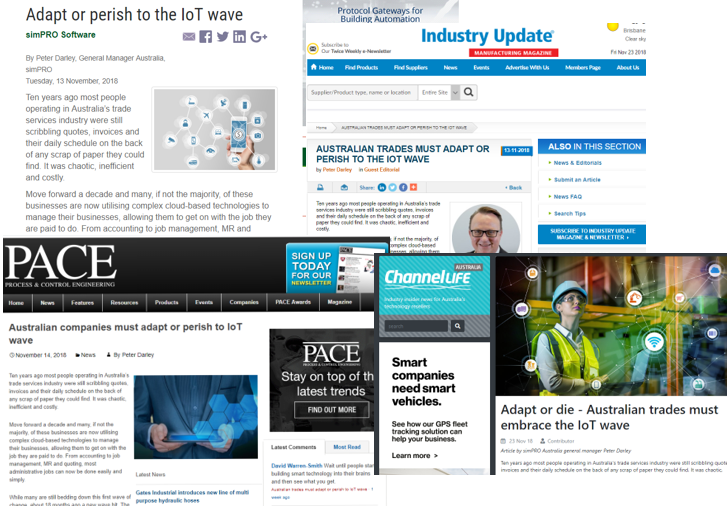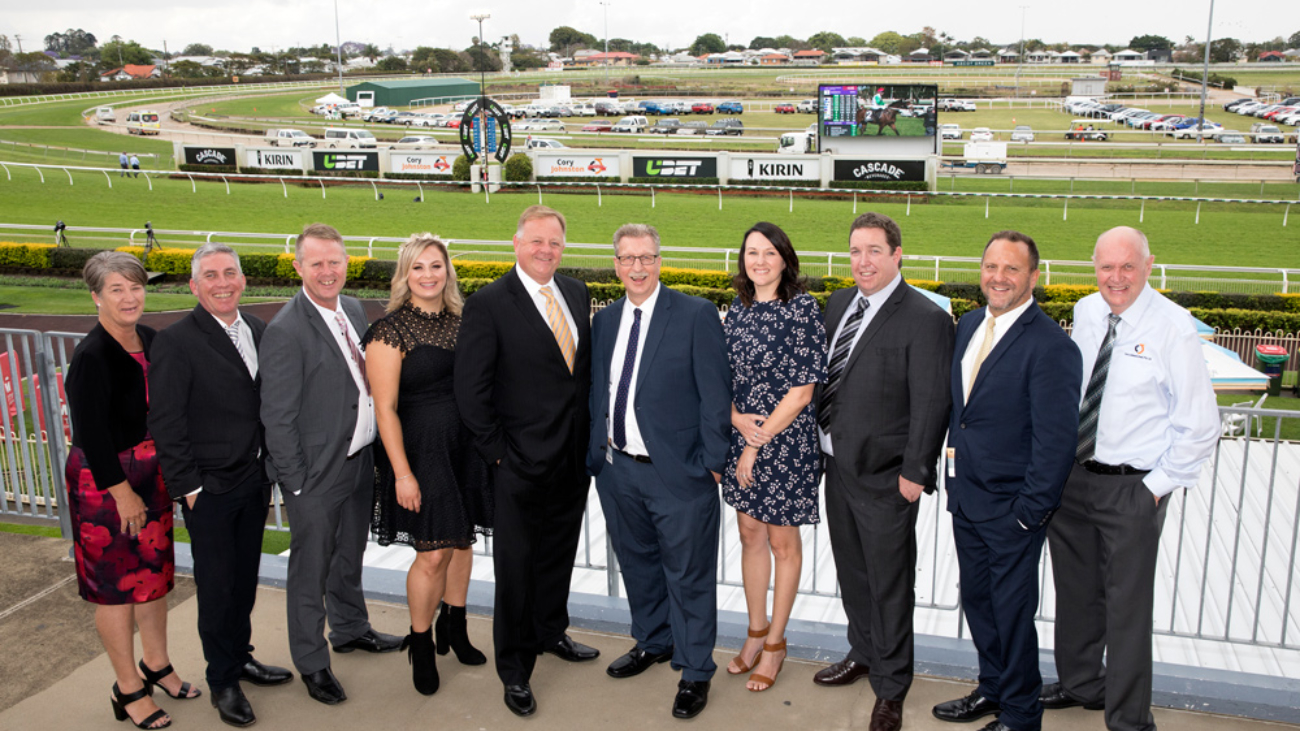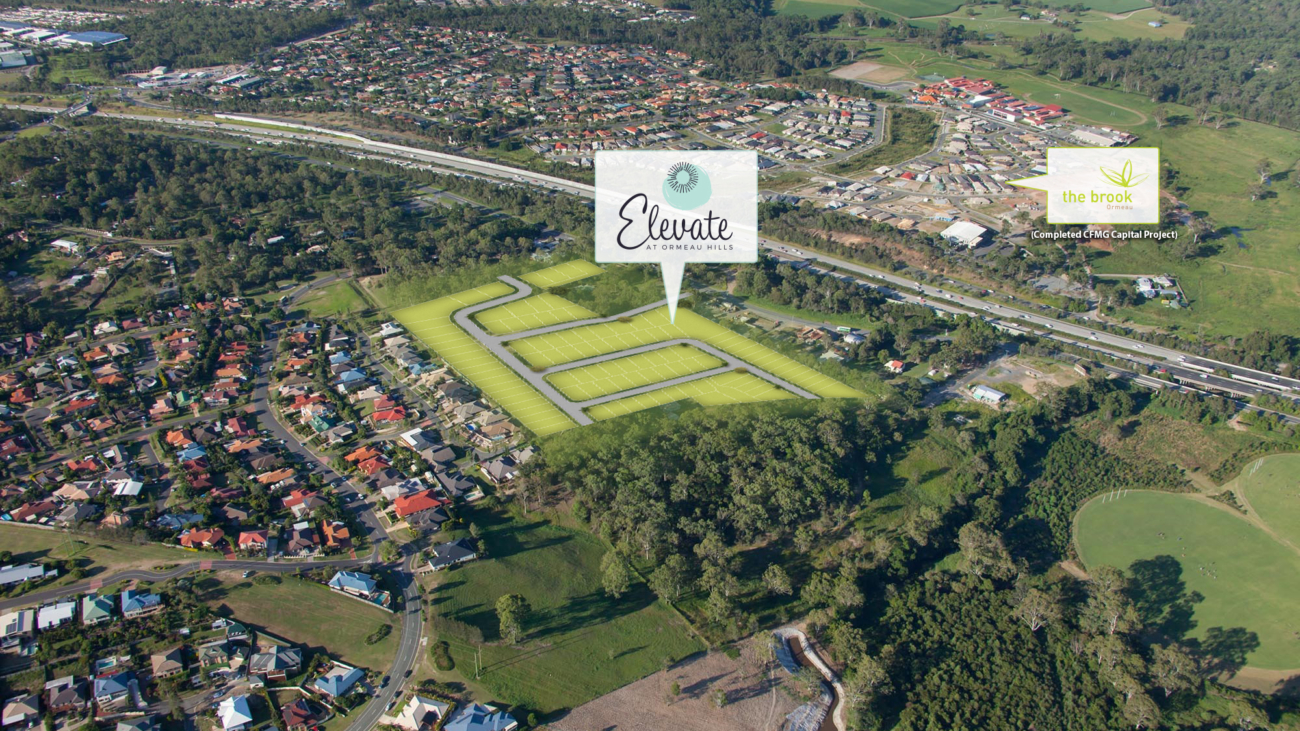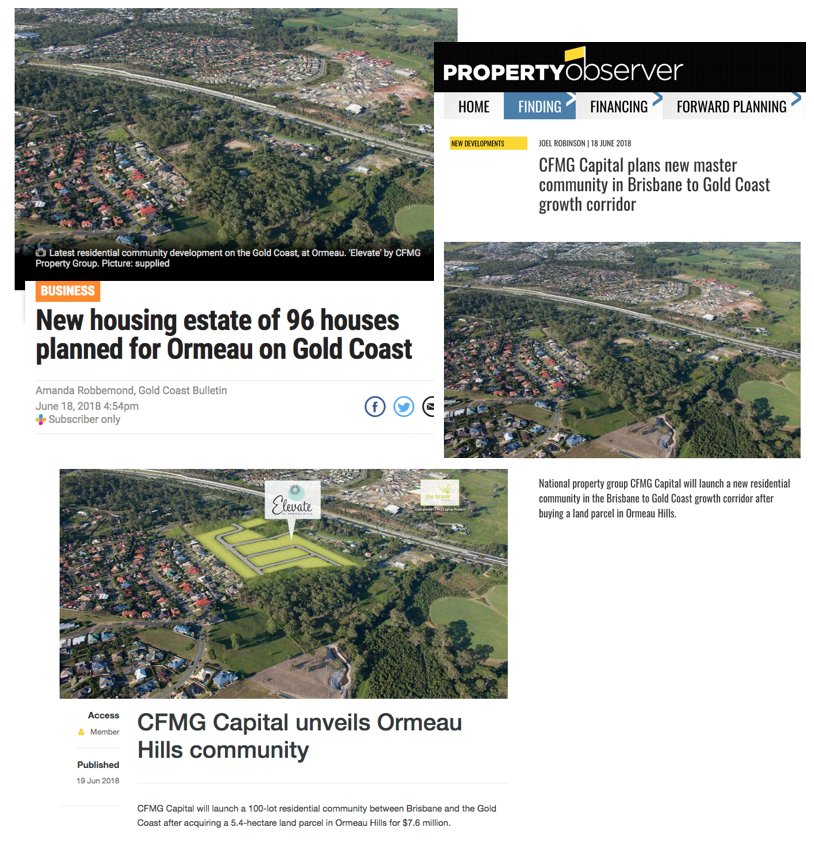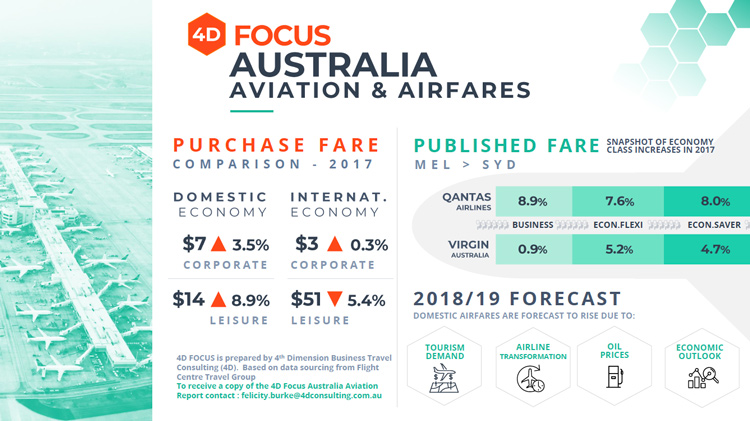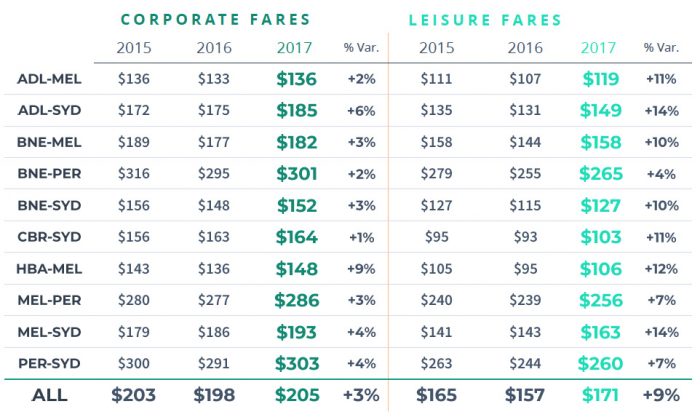National developer and home builder Tribeca Homes has introduced two stunning new turnkey home designs in the highly successful Otto Estate at Coomera, with buyers able to move into their new home within 6 months of purchasing.
The release of the new architecturally-designed homes mark the launch of Otto Estate’s final stage, and Tribeca’s overall commitment to deliver 101 contemporary homes on one of the highest points in Coomera along Foxwell Road, just minutes from the Coomera train station and the recently opened Westfield within the Town Centre precinct.
Priced from $479,980, the new Otto Estate homes will blend comfort with style due to a mixture of traditional and contemporary features. Buyers have the opportunity to select the façade and house design that best suits their lifestyle and the blocks of land available in the final stage, which range from 314m2 to 726m2.
While each house will provide its own unique façade, floorplan and features, every resident at Otto Estate will find all the lifestyle essentials featured in their home as a standard Tribeca offering, including a driveway, landscaping, fencing, blinds and high ceilings at no extra cost.
Tribeca General Manager- Sales & Markets David Kozik said Otto Estate’s final stage is due to be registered in the next few weeks, meaning buyers can see construction start on their new home as soon as they purchase and settle their lot.
“Otto Estate Stage 1 was a huge success for us when we completed the first stage in 2015, and now with long standing infrastructure and amenities becoming a reality, Coomera’s popularity is soaring.
“That means that the offerings continue to appeal strongly to buyers who see the enormous potential in the area for their future,” he said.
Mr Kozik said Otto Estate was a testament to Tribeca’s core property development values.
“We are providing people with homes, which is a huge responsibility. That is why we ensure we deliver nothing less than intuitive designs, enduring value and offer a simple and easy buying experience,” he said.
“As a high quality fixed price turnkey builder and land developer, our commitment is to deliver a fully completed high quality product to our clients, including the estate amenities such as the new central community park, the roads and civil works.
“Our new homes can be suitably completed within 6 months of buyers settling on a new lot, giving them the opportunity to start a new chapter of their lives by simply opening the front door,” Mr Kozik said.
Property services group Oliver Hume has been appointed as the sales and marketing agent for the final stage.
Oliver Hume’s General Manager Matt Barr said the project would meet demand for turnkey homes with land lots registered and builders ready to go, instead of waiting months for a site to be ready and then having to start the building process.
Otto Estate’s new homes are all within 150 metres to more than 11,000sqm of green space, featuring communal barbeques and a central community park.
The community is also complemented by the its location within Coomera. Tribeca has positioned their Otto Estate minutes from the Pacific Motorway, making travelling to either Brisbane or the Gold Coast easy. It is also only a two minute drive from Westfield Coomera and the Coomera train station. The Coomera East Shopping Centre and Coomera State High School (opening in 2020) are both less than one kilometre away.
Otto Estate is also only minutes away from several other schools and Griffith University, making the new homes suitable for growing families.
Mr Barr said the latest lots available in Coomera provided great value for buyers looking for property in Queensland.
“Otto Estate’s final stage is a golden opportunity not only for its lifestyle but the value being created in the surrounding area,” he said.
“The local population is expected to soar by more than 600% over the next 20 years, which means demand will continue to rise in Coomera, while around $1 billion is being invested nearby in the Coomera Town Centre as well as $500 million in local infrastructure.
“This level of investment will go a long way in creating jobs and opportunities for the community.”
Tribeca’s display homes can be inspected at 361 Foxwell Road, Coomera (entry via Henry Street).
Tribeca has offices in Sydney, Melbourne, Brisbane and the Gold Coast. Over the past decade it has delivered more than 5000 homes worth $1.1 billion in developed value across Queensland, NSW and Victoria. Tribeca was founded in 2007 as a residential construction company and has now become a leading residential land development and home building business in Australia.


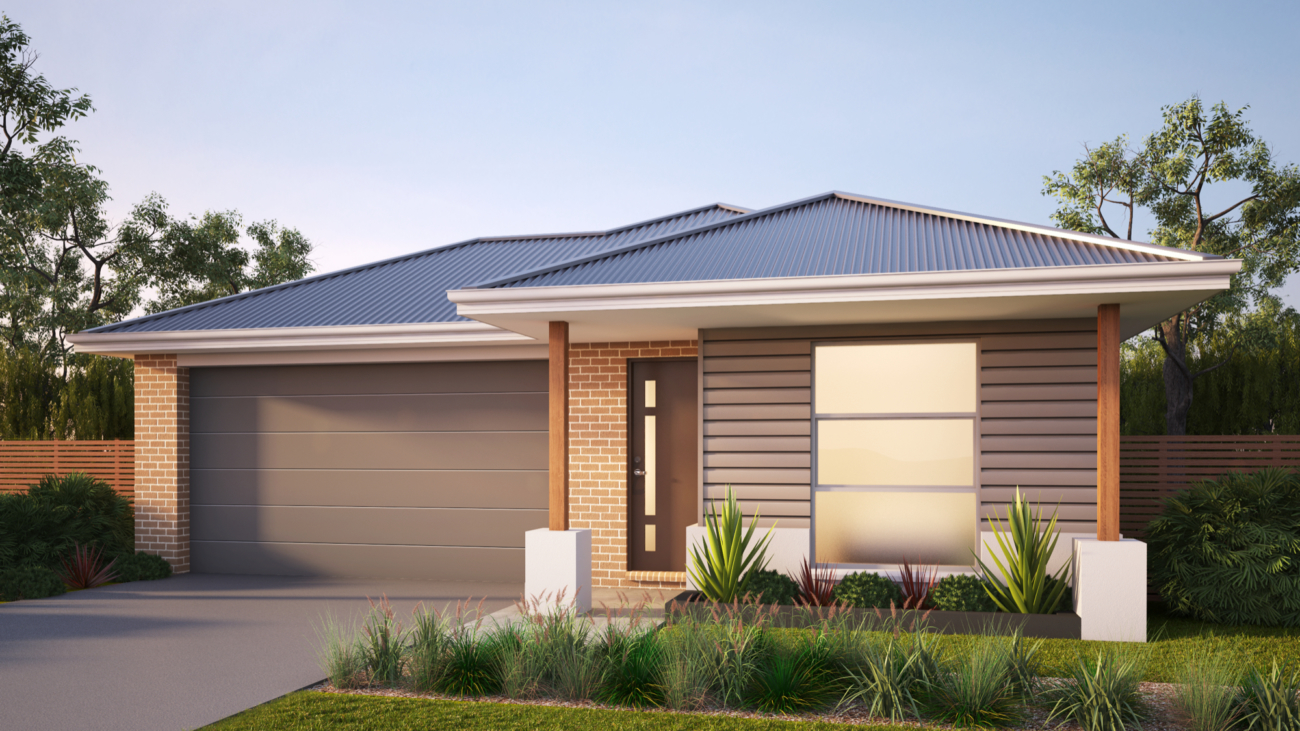
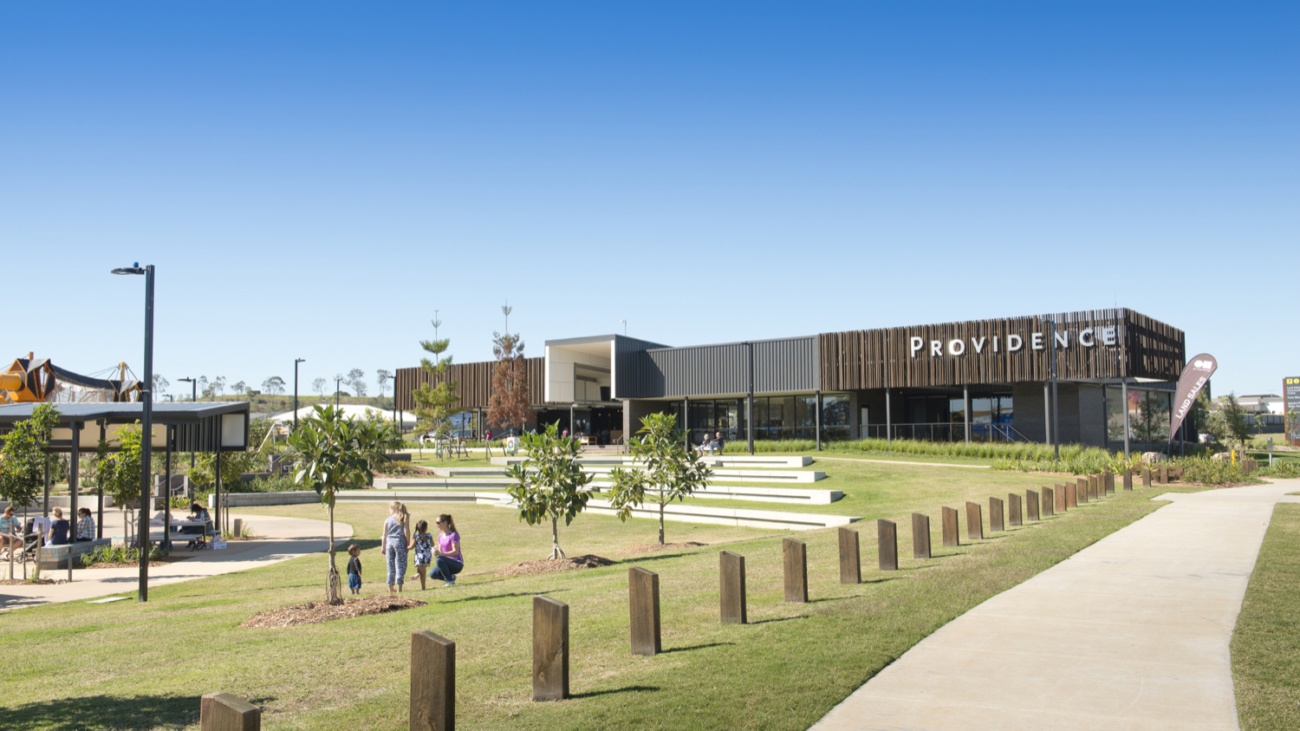
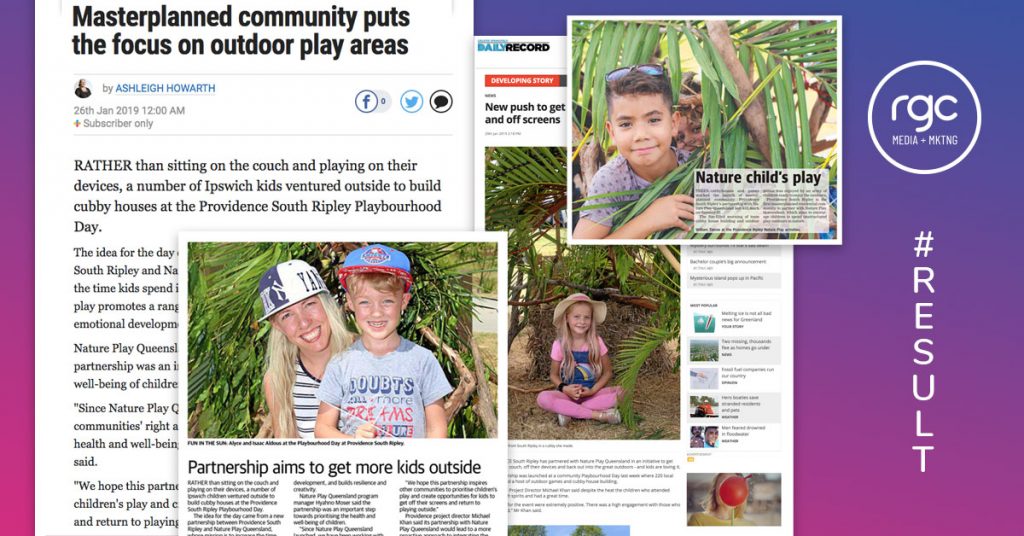
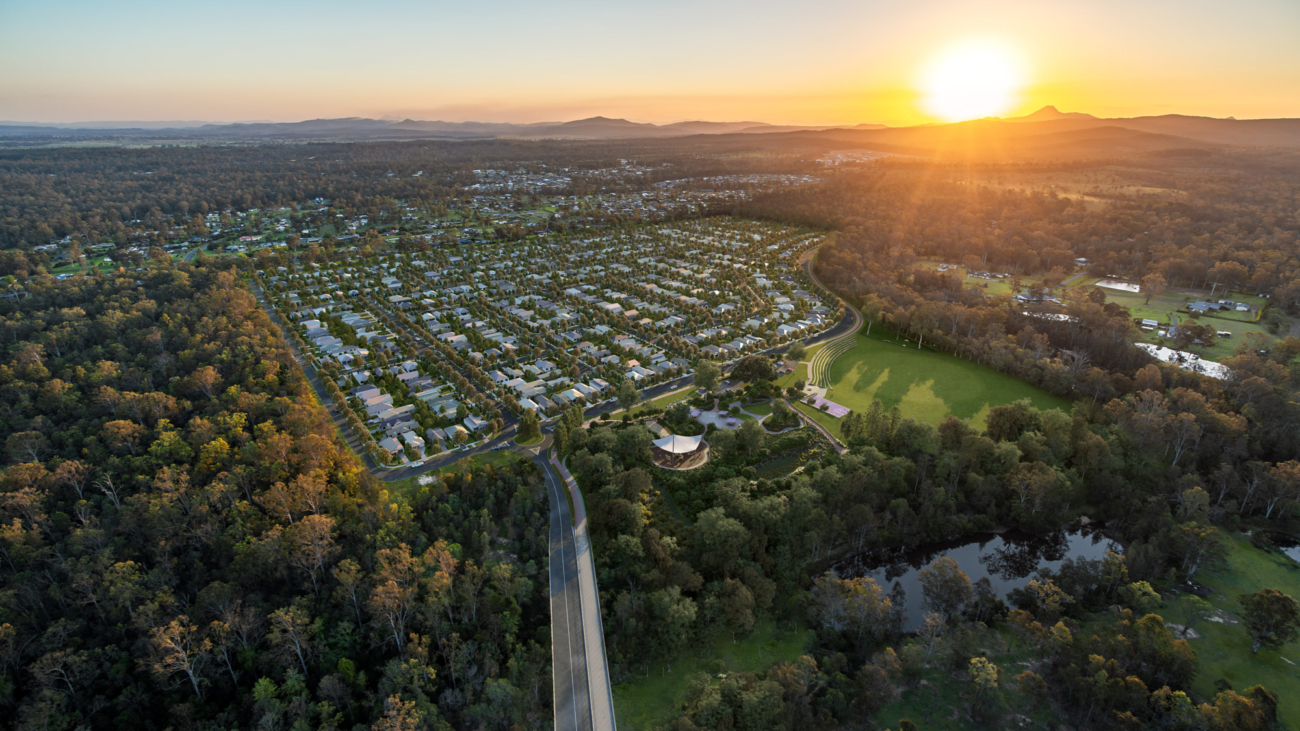
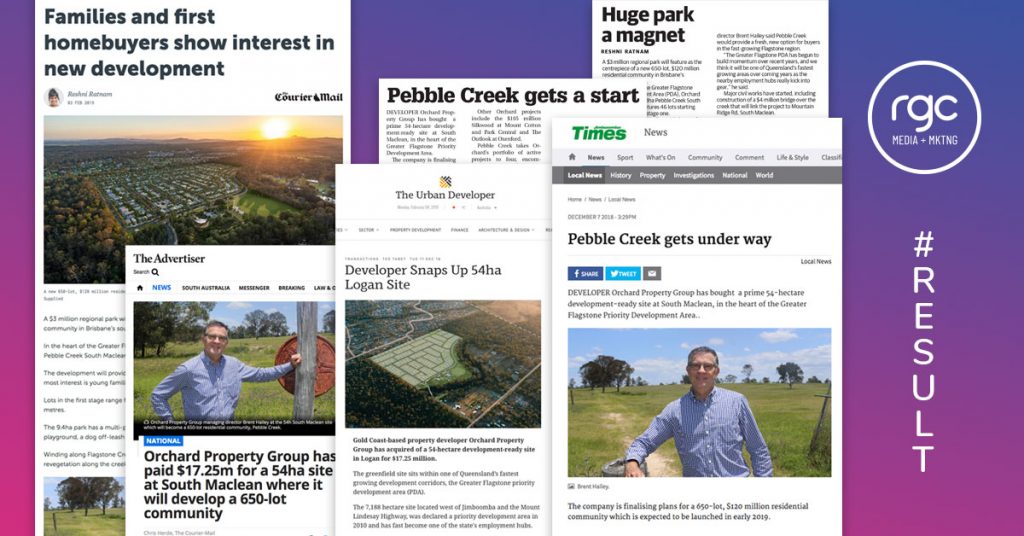
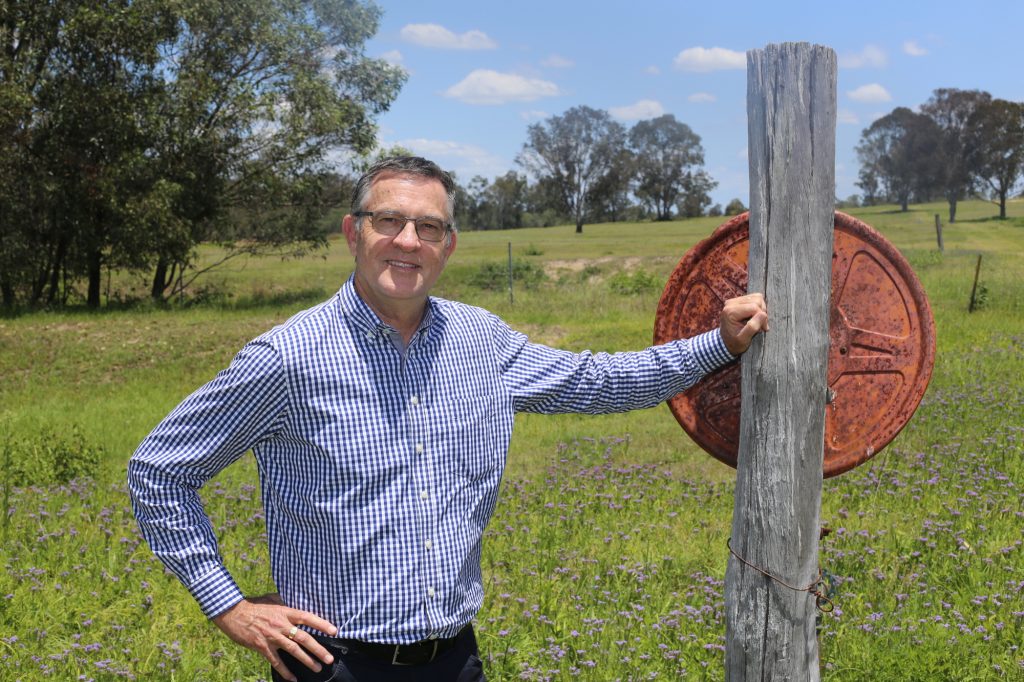


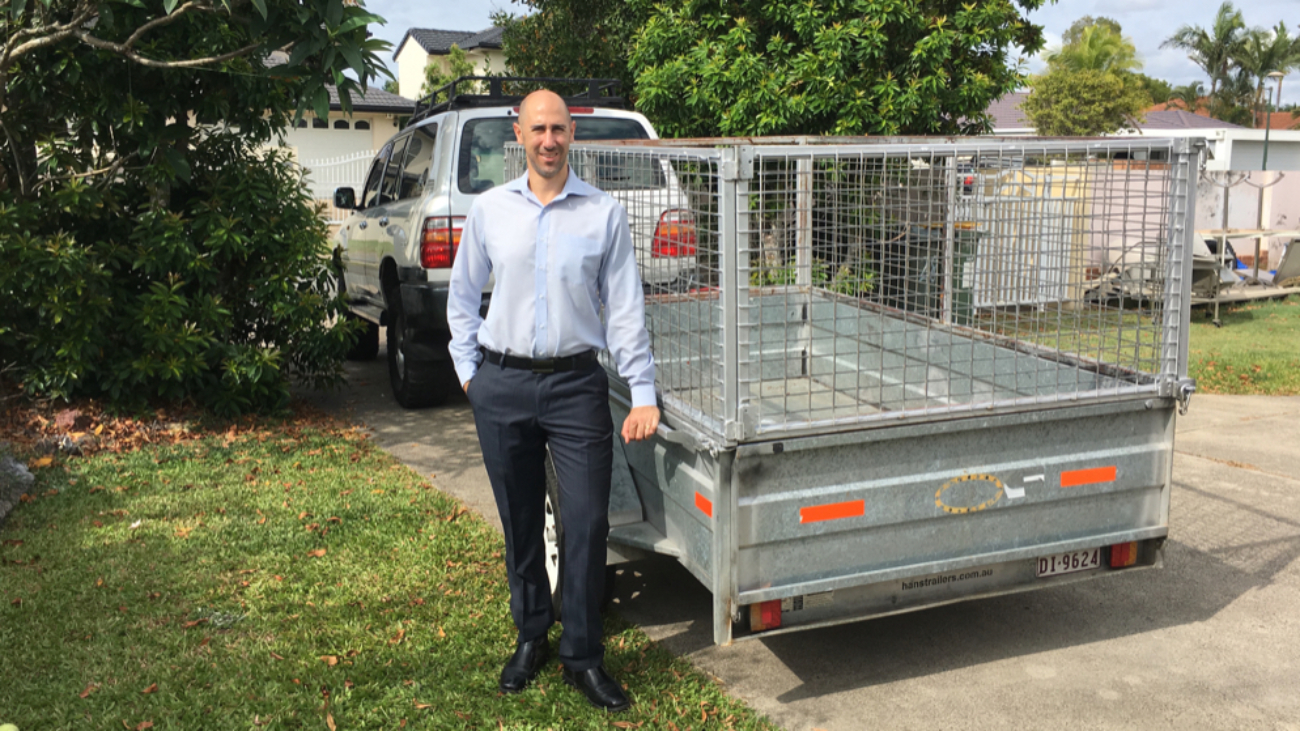
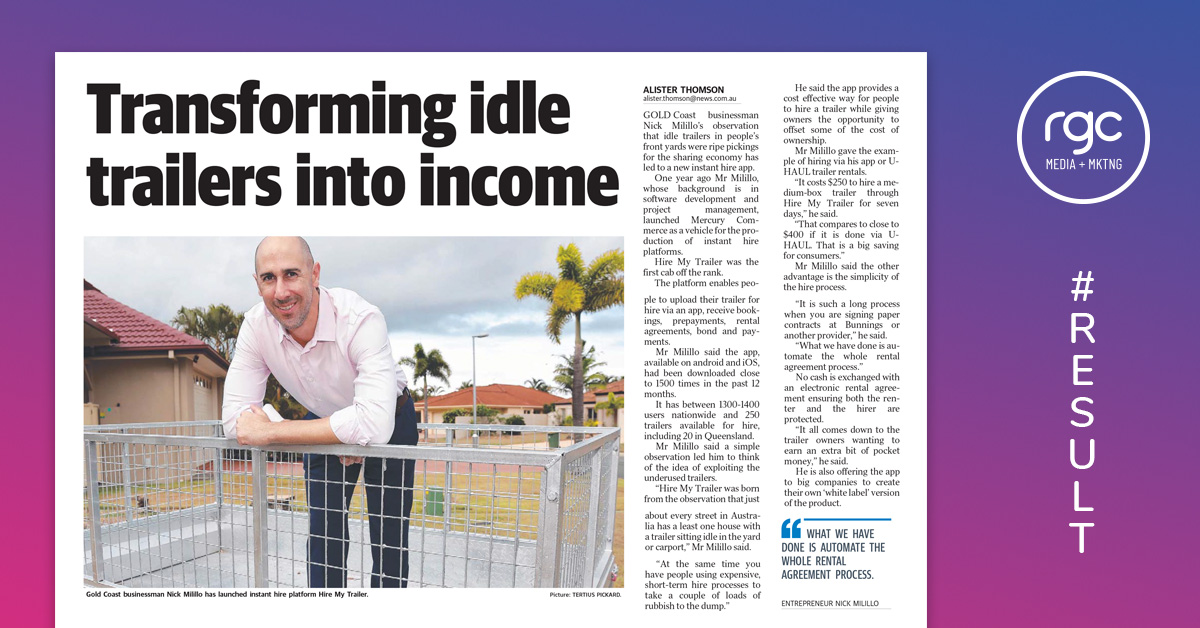
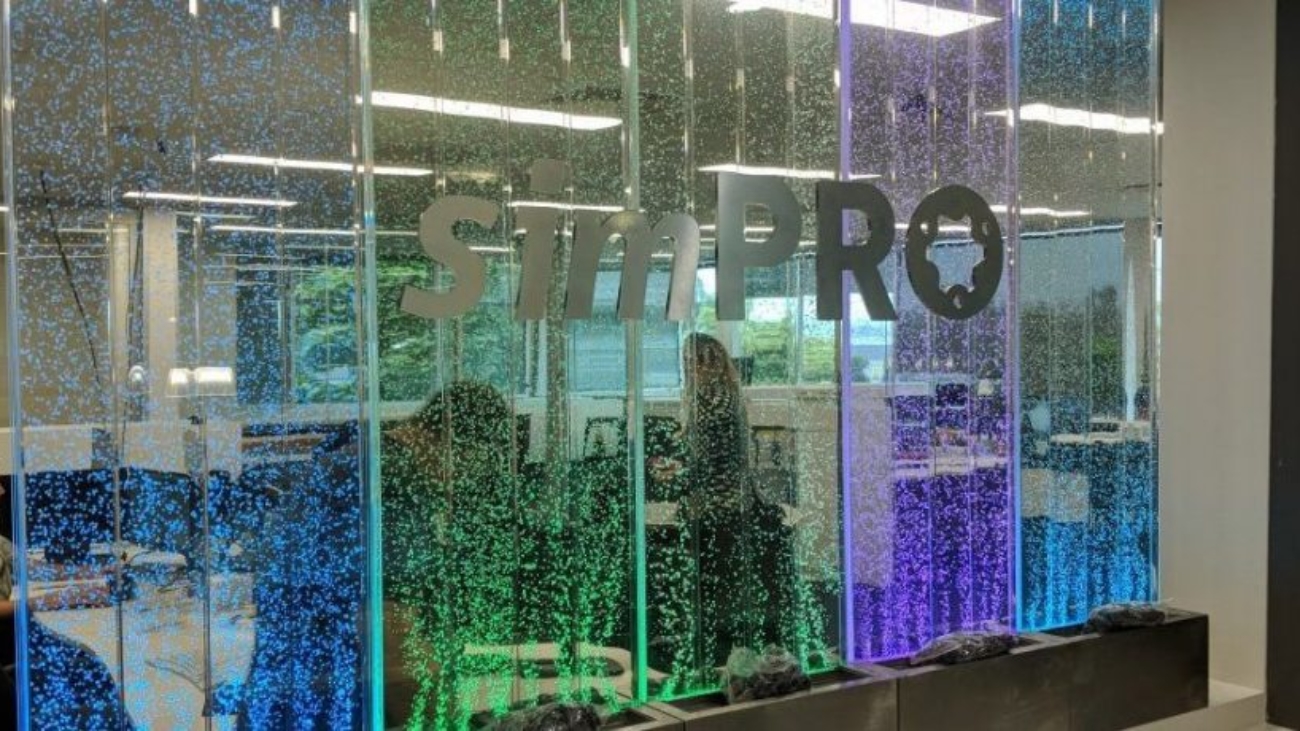
 Ten years ago most people operating in Australia’s trade services industry were still scribbling quotes, invoices and their daily schedule on the back of any scrap of paper they could find. It was chaotic, inefficient and costly.
Ten years ago most people operating in Australia’s trade services industry were still scribbling quotes, invoices and their daily schedule on the back of any scrap of paper they could find. It was chaotic, inefficient and costly.